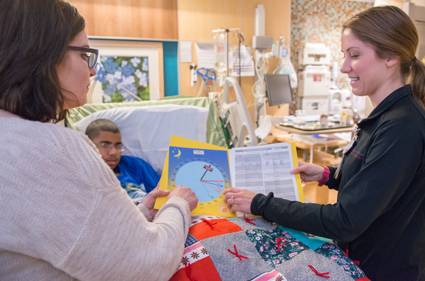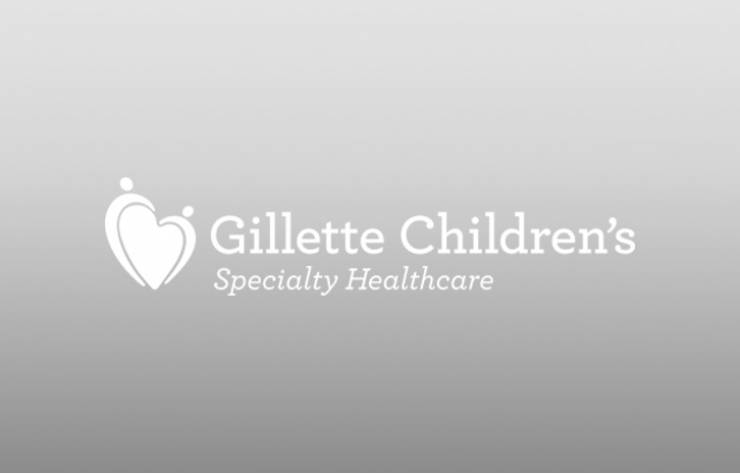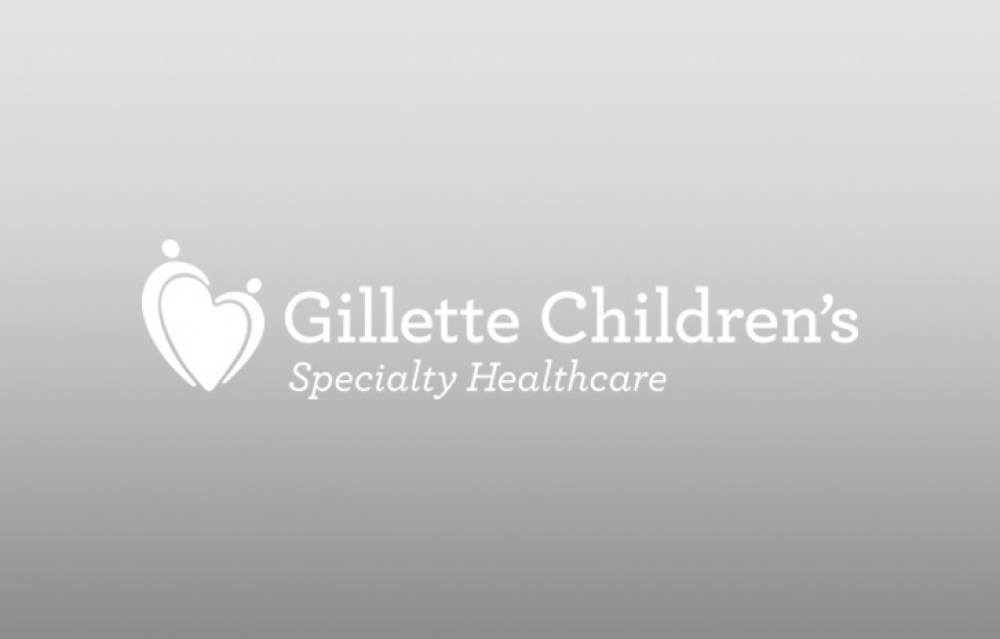-
{care_team_members status="Open|hide from care team page"}
-

{care_team_members:ct_first_name} {care_team_members:ct_last_name}
{care_team_members:ct_full_title}
{/care_team_members}
person:channel_short_name: {person:channel_short_name}
person:
title: {person:title}
-
{links}
{/links}
No category selected to display locations. Locations Dynamic
-
{locations}
- {locations:title} {/locations}
-
{widget}
{widget:widget_content}
- {widget:widget_content:tab_title} {/widget:widget_content} {/widget}
When your child is in the hospital, you trust that the hospital will make him or her better, not worse. You can usually rely on the hospital to keep your child safe, because patient safety in hospitals is one of health care’s highest priorities. Hospital safety is an ongoing process of constant review and improvement with a simple goal: to provide the safest environment possible for your child or loved one.
To help ensure that we continue to provide the highest quality of care possible, Gillette Children’s is part of a national learning network – Children’s Hospitals’ Solutions for Patient Safety (CHSPS). CHSPS is a collaboration of 90+ children’s hospitals working to reduce harm in pediatric hospitals by sharing data, successes, and learnings with one another.
But hospitals can’t do it alone. As the parent or caregiver of a child who’s in the hospital, you play an important role in your child’s safety and well-being.
Here are some hospital safety tips from the CHSPS you can follow to help keep your child safe during a hospital stay:
1.Be a Patient Advocate for Your Child
Don’t be shy. Ask questions about your child’s care, raise safety concerns you have, or ask the caregiver to double check their chart before they act. Write down your questions to make sure the caregiver addresses them. You might say, “Excuse me, I have a few questions before you start treatment. Would you mind answering them, please?”
2.Remember That You Know Your Child Best
Share unique things about your child with caregivers that may be important for your child’s overall care (i.e. they have a fear of animals or only like to eat food cut in small pieces).
3.Wash
Wash your hands and your child’s hands when entering and leaving the hospital, your patient room, the bathroom, and any treatment rooms (such as x-ray), and be sure to wash if you have handled any soiled material.
4.Make Sure Caregivers Wash, Too
Since you’re part of your child’s health care team, don’t be afraid to remind doctors and nurses about washing their hands before working with you—even if they’re wearing gloves. You might say, “Excuse me, I didn’t see you wash your hands. I’d like to be sure everyone’s hands are clean. Please wash them before caring for my child.”
5. Stay Clean and Dry
If your child has an intravenous catheter or a wound, keep the skin around the dressing clean and dry and let your caregiver know if it gets wet or loose.
6. Watch for Red or Irritated Skin
If you notice any new redness or irritation on your child’s skin, notify your child’s caregivers. Ask what steps can be taken to prevent harm to the skin.

7. Know the Meds
Ask for the names of the medications your child is receiving in the hospital and how they are expected to help your child. Caregivers will check your child’s identification band before giving a medication to make certain the correct medication is being given. If you don’t see this, ask staff to double check that the medication is for your child. You might say, “Excuse me, that medication is not familiar to me. Can you please double check it against my child’s chart?”
8. Be Prepared When Going Home
When your child is ready to go home from the hospital, make certain you know what medications and/or treatments your child will need once home. Ask what you should watch for that will require a call to your child’s doctor and which doctor to call if questions come up. Also ask when your child will need to follow up with a physician appointment.
Working together with families and medical staff around the country, CHSPS hospitals have already saved approximately 4,746 children from harm and prevented an estimate of over $92 million in costs from the health care system.
CHSPS is funded in part by the federal Partnership for Patients program, Children's Hospital Association and the Cardinal Health Foundation. More information about CHSPS is available at www.solutionsforpatientsafety.org.
Before leaving for home, Kelly Andersen (left) learns about the medication her son, Khalil Embery, is taking from registered nurse Amy Steiner.



